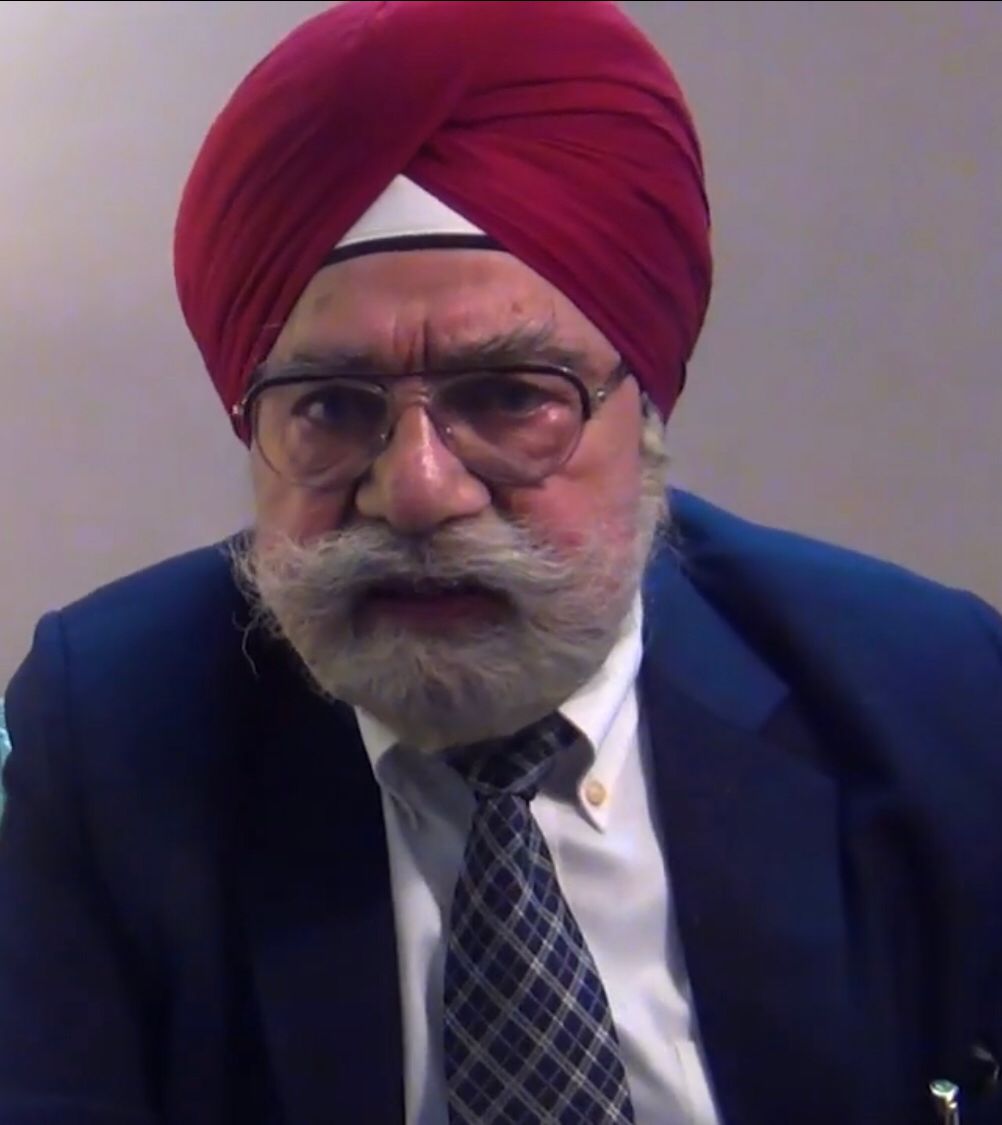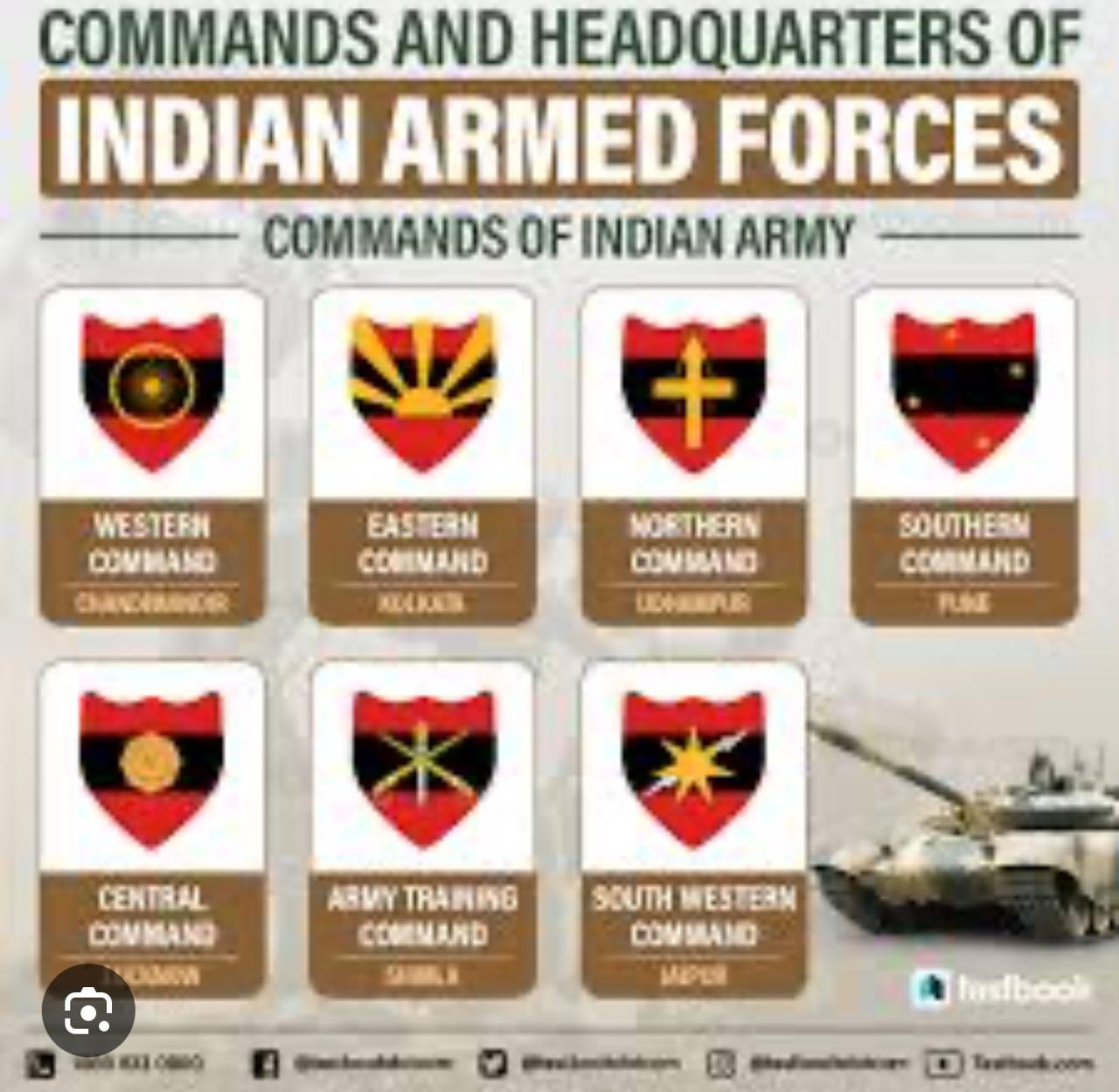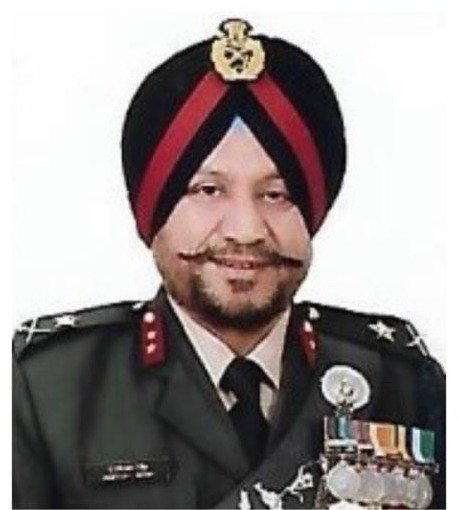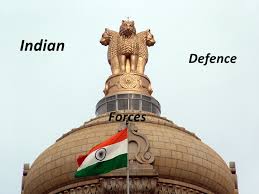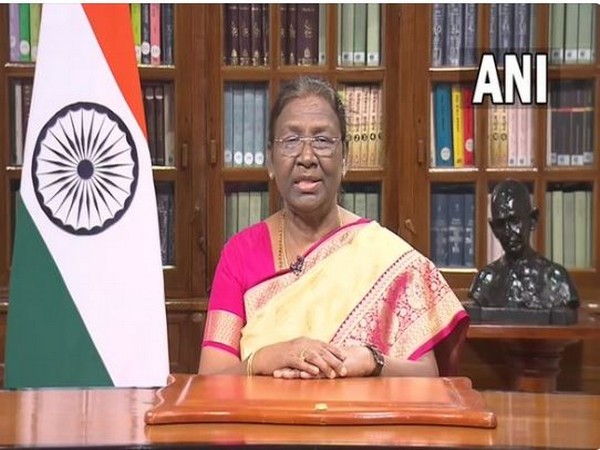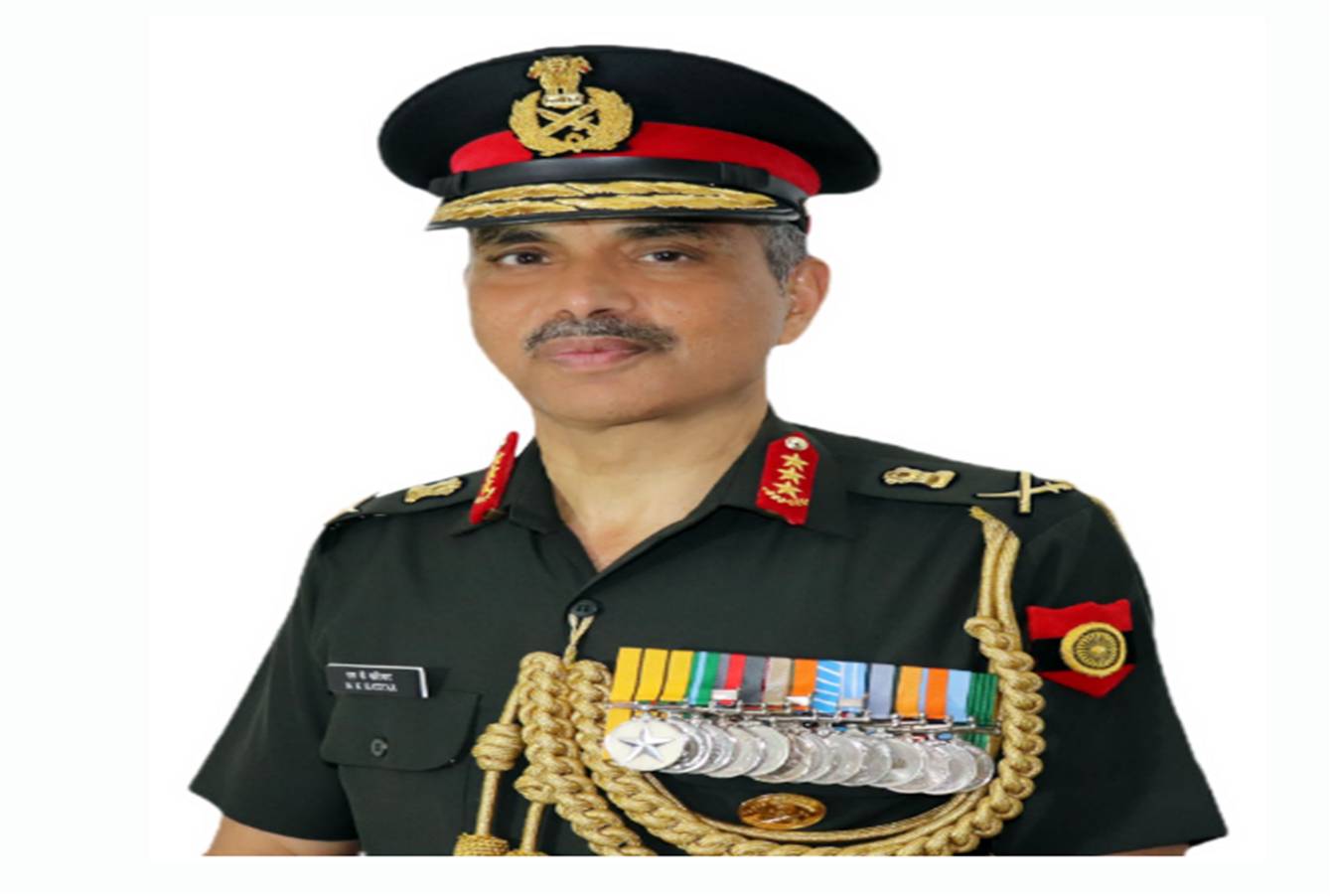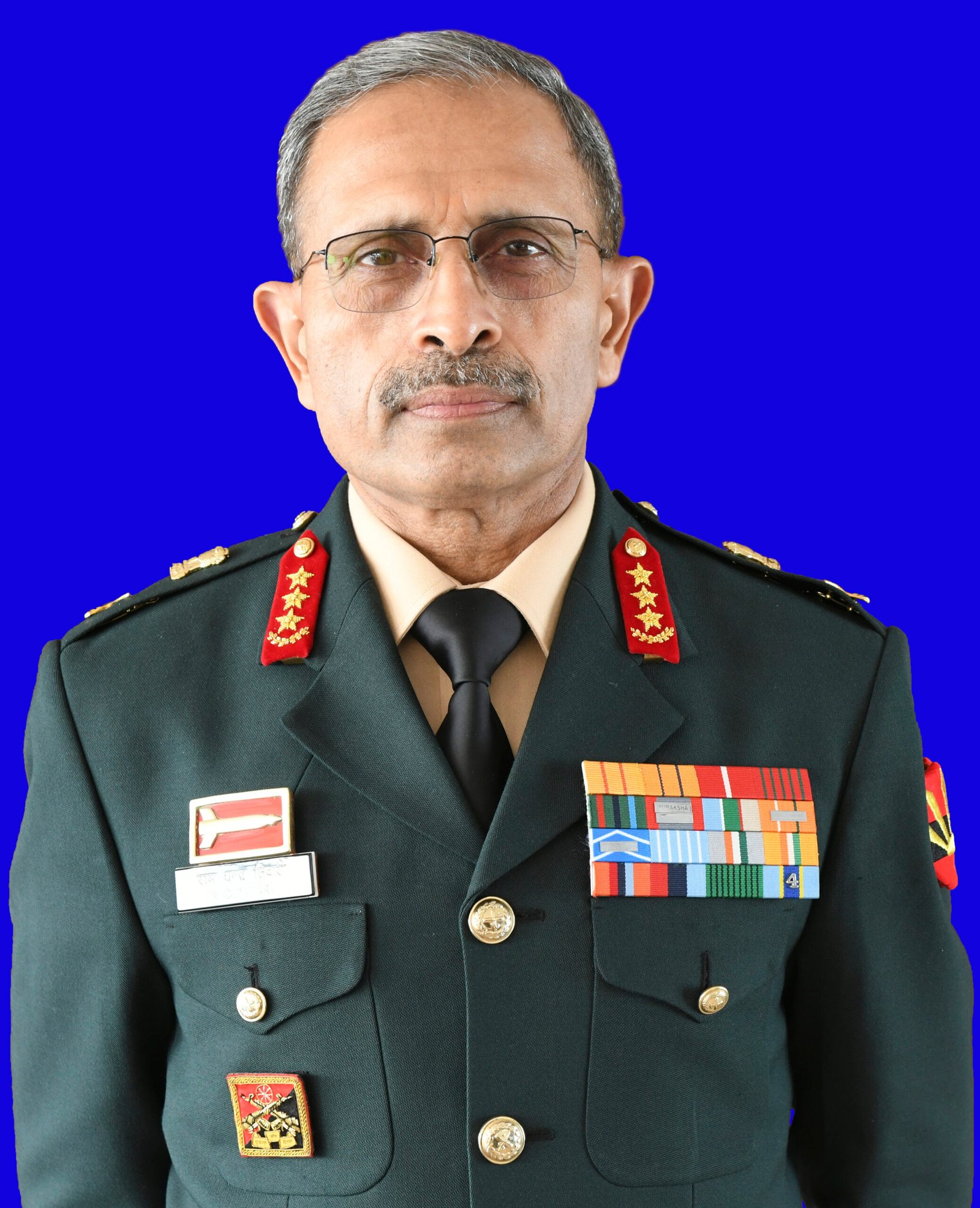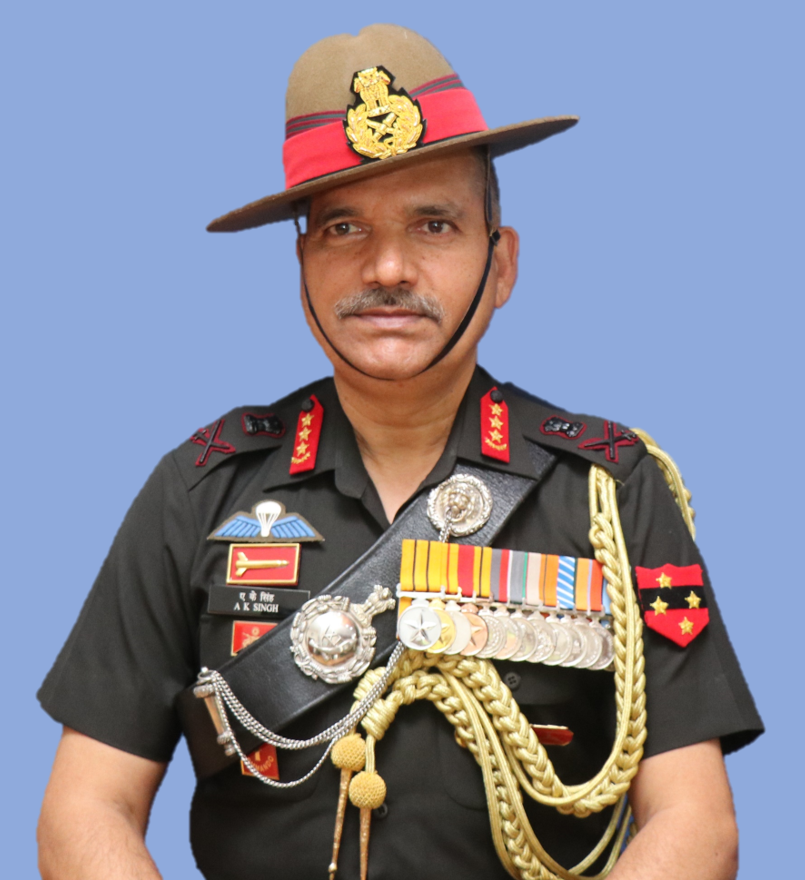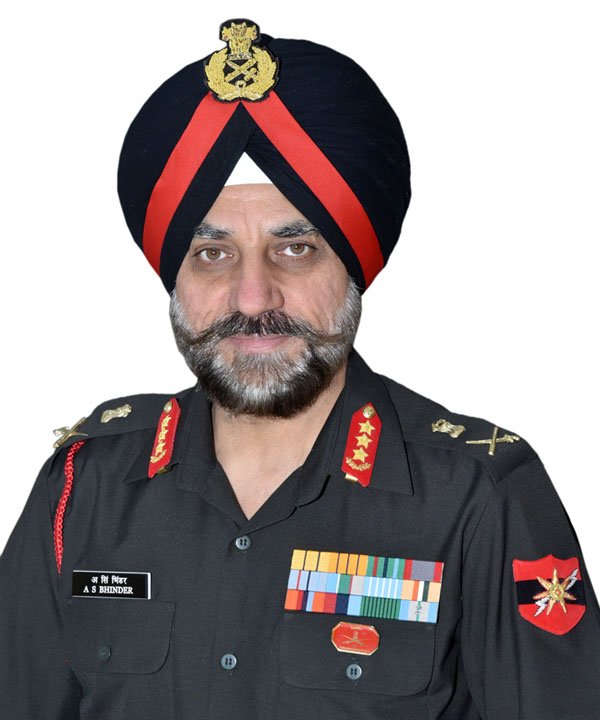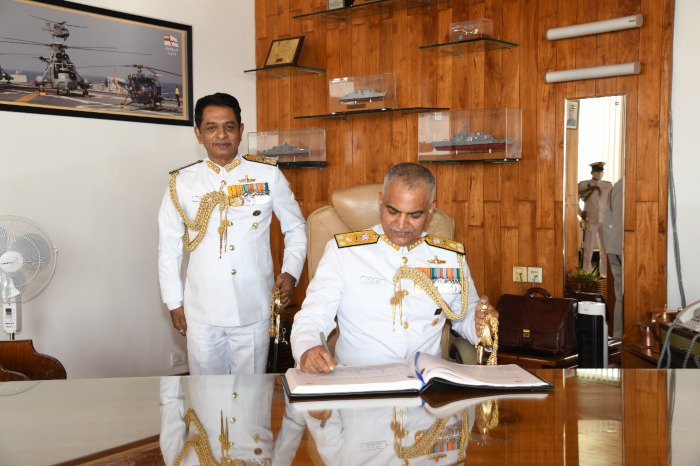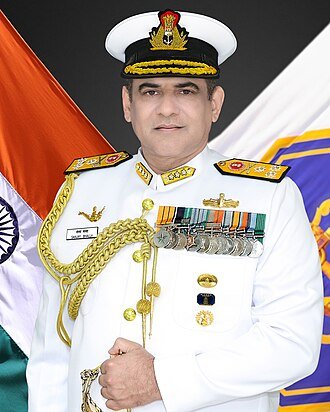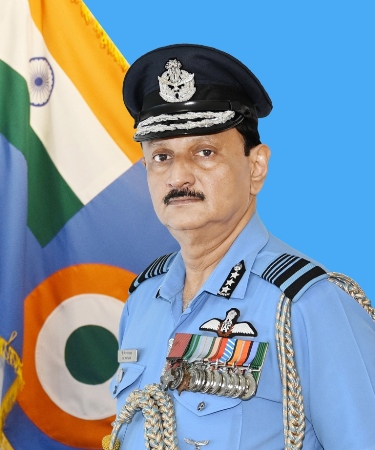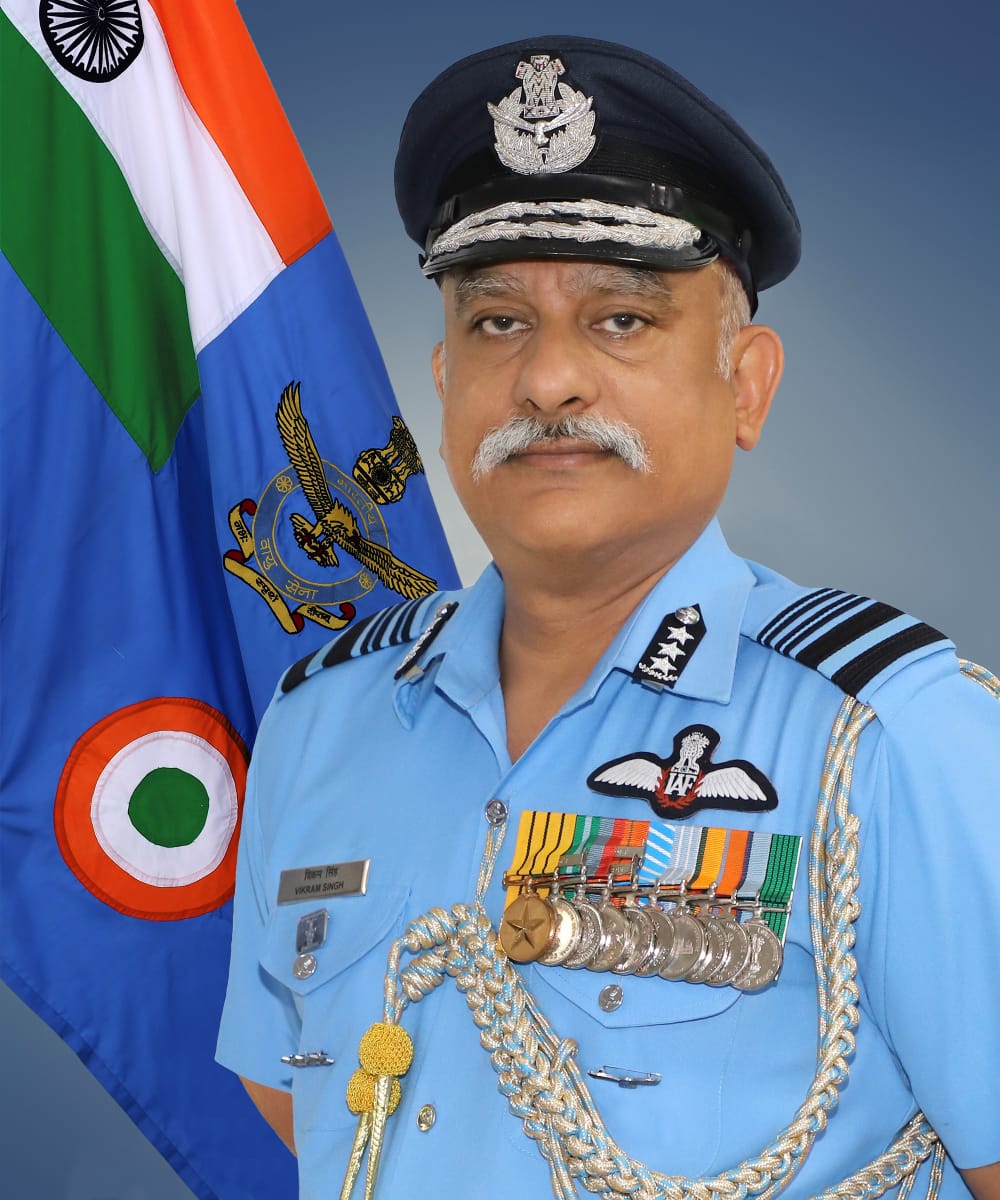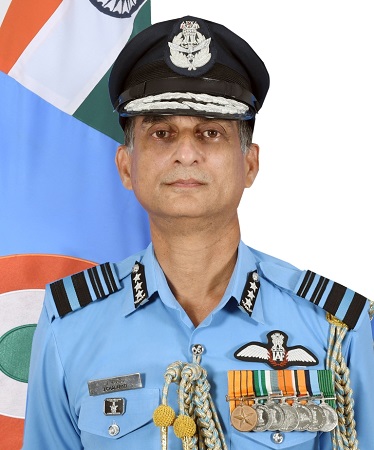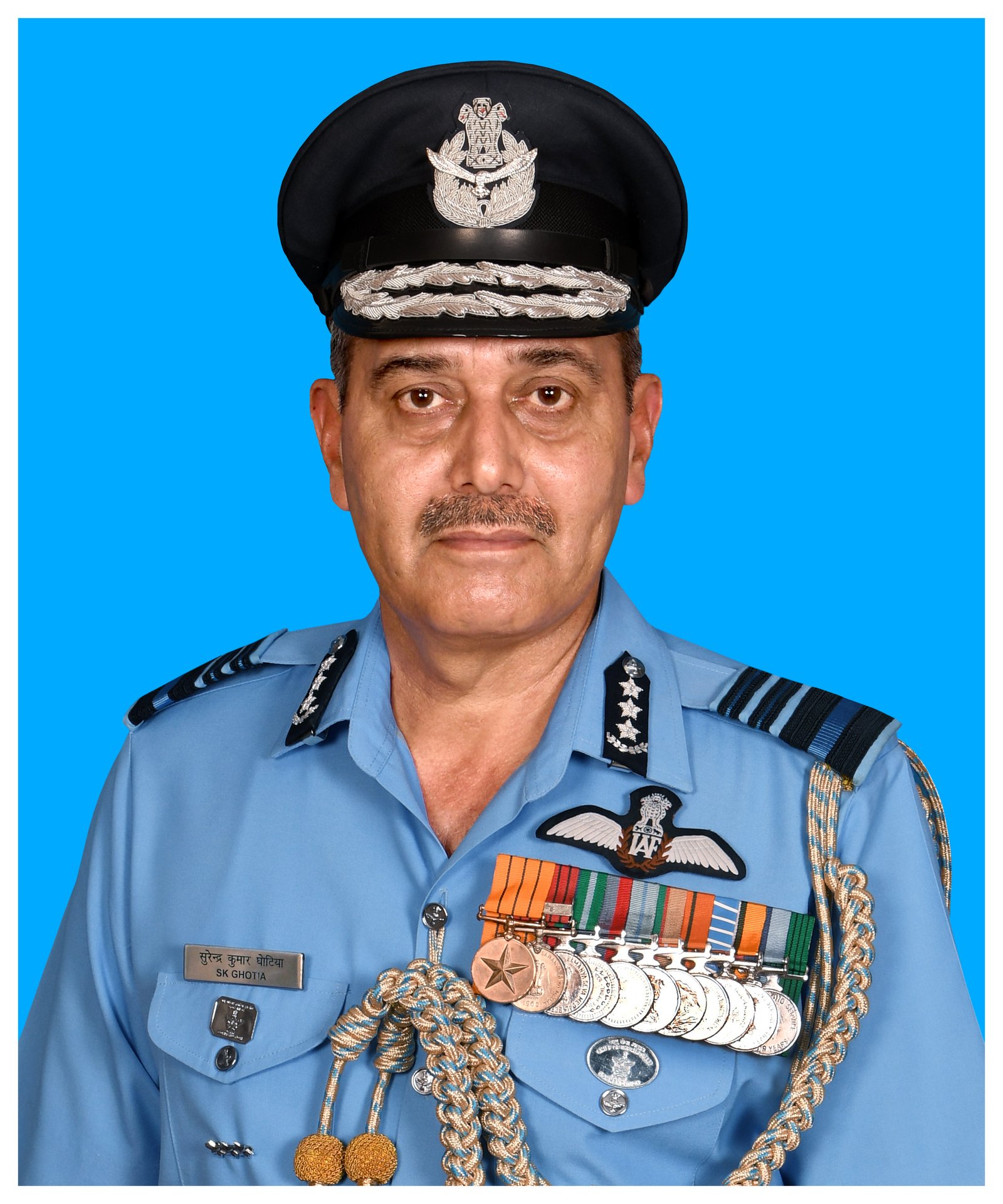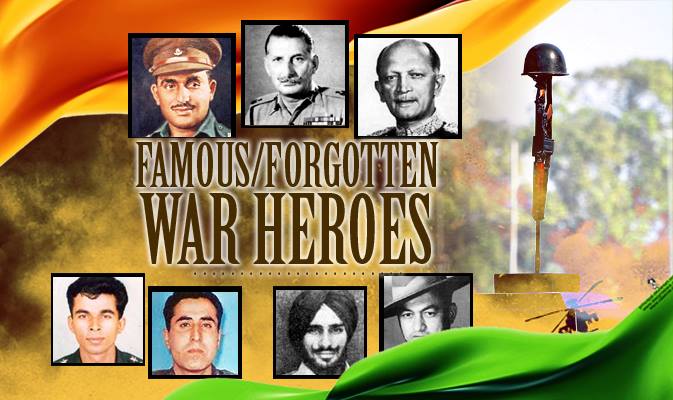
(From left) US envoy Ken Juster, US Deputy Secretary of State Stephen Biegun and Indian Foreign Secretary Harsh Shringla in New Delhi. PTI
Ajay Banerjee
Tribune News Service
New Delhi, October 13
An apparent distrust stood in the way of a breakthrough during the seventh round of talks between senior military commanders of India and China, while Beijing on Tuesday again ratcheted up aggression saying that it did not ‘recognise’ Ladakh’s UT status. It also opposed border infrastructure development, including the recent opening of bridges, by India.
A joint readout today on the India-China commanders’ meeting held on Monday stated: “Both sides agreed to… arrive at a mutually acceptable solution for disengagement as early as possible.” However, sources said that no date or timeline had been set for any such disengagement. In Beijing on Tuesday, Foreign Ministry spokesperson Zhao Lijian, while answering questions at a press conference, said: “China doesn’t recognise the so-called ‘Ladakh Union Territory’ illegally set up by India or ‘Arunachal Pradesh’, and opposes infrastructure-building aimed at military contention in disputed border areas.”
“The Indian side has been stepping up military deployment along the border with China. This is the root cause of tensions,” Zhao said while responding to a question on India opening 44 new bridges.
Military commanders of the two countries had met yesterday at Chushul along the LAC for a marathon 10-hour meeting. A joint statement on Tuesday said: “Both sides agreed to maintain dialogue and communication through military and diplomatic channels”.
“The two sides had a sincere and constructive exchange of views on disengagement along the LAC… these discussions were positive and had enhanced understanding of each other’s positions,” the statement said.
US Indo-Pacific plan a security risk: Wang
Kuala Lumpur: The US poses a “huge security risk” to Asia by pushing to boost engagement with the region, China’s Foreign Minister Wang Yi said. The US is trying to “stir up confrontation among different groups while maintaining its predominance,” he said. AP
CONFLICTING NOTES
China foreign Ministry irked by 44 bridges
China doesn’t recognise ‘Ladakh UT’ illegally set up by India or ‘Arunachal’, and opposes infra in border areas… the root cause of tensions. Zhao Lijian, chinese spokesperson
Joint statement says discussion ‘positive’
The 7th round of talks was positive & constructive. Both sides had enhanced understanding of each other’s positions.






